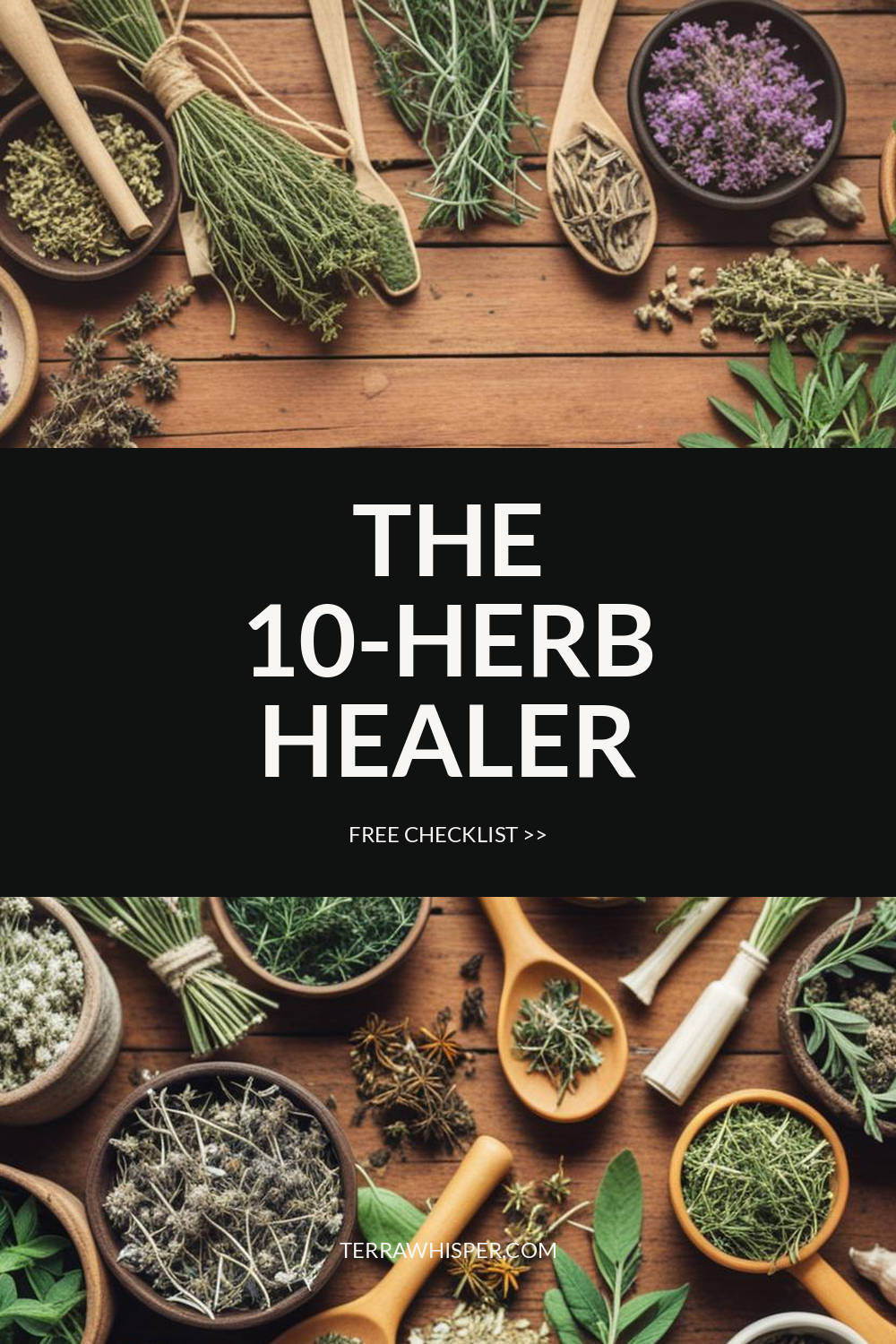Chinese Skullcap (Scutellaria Baicalensis)
Information Reliability Score: 2/10
This score reflects the overall reliability of the information presented in this article. It is based on the quality of scientific evidence, accuracy of sources, and the transparency of references related to Scutellaria baicalensis.
Chinese Skullcap, scientifically known as Scutellaria baicalensis, is a traditional medicinal herb widely used in Chinese medicine for its potent therapeutic properties. This adaptogen, native to East Asia, contains a unique array of bioactive compounds, most notably flavonoids like baicalin and wogonin, which contribute to its wide range of health benefits. Traditionally, it has been used to support liver function, reduce inflammation, and alleviate symptoms of depression and anxiety, reflecting its deep-rooted role in ancient healing practices. In modern wellness, it is increasingly valued for its antioxidant, anti-inflammatory, and neuroprotective effects, making it a popular supplement for stress management and cognitive health. With a rich history dating back over 2,000 years, Chinese Skullcap remains a revered herb in both traditional and contemporary herbal medicine.
FREE CHECKLIST
The Only 10 Herbs You Need to Heal 90% of Common Ailments.

